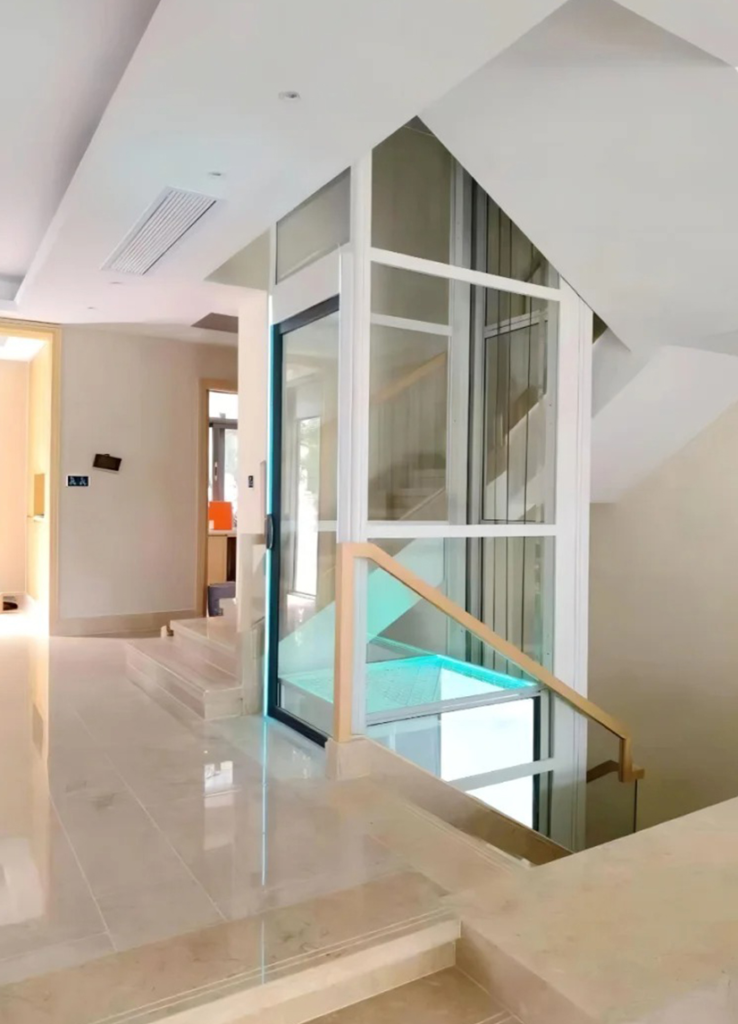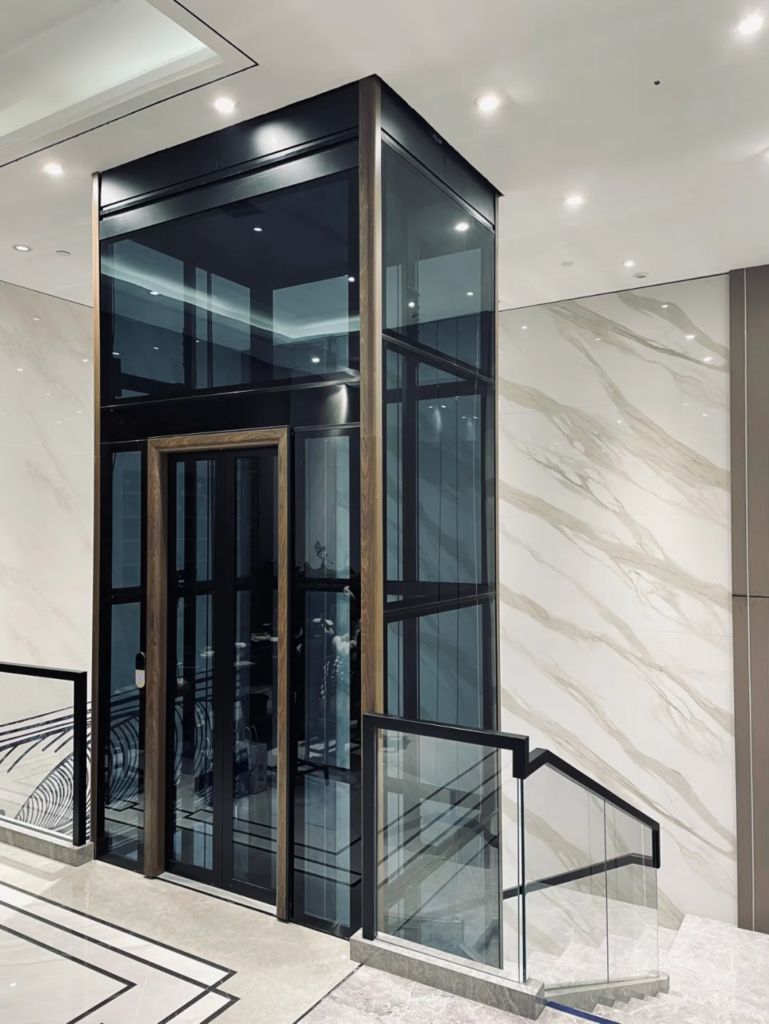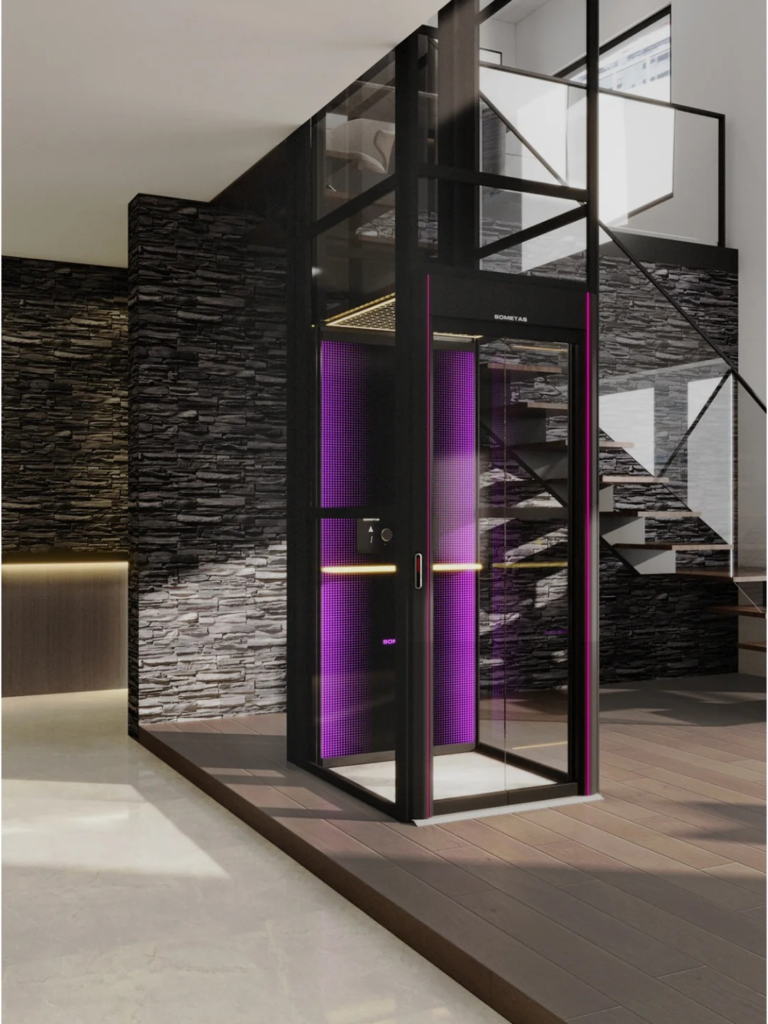The concept of the at home elevator has evolved from a luxury amenity to a practical solution for modern living, blending technology, design, and accessibility. Today, residential elevators are not only symbols of opulence but also critical tools for enhancing mobility and property value. From compact shaftless designs to wheelchair-accessible models, the at home elevator industry is reshaping how people interact with their living spaces.
Technological Advancements Driving Innovation
The latest at home elevator models prioritize efficiency and space-saving solutions. For instance, Lifton’s shaftless elevators, such as the LiftonDUO and LiftonTRIO, eliminate the need for a traditional hoistway, allowing installation in tight spaces like stairwells or closets. These elevators operate on standard domestic power and can be installed in just one day. Similarly, Chinese manufacturers like VILLATAS leverage French expertise to produce modular home lifts that require no machine room or deep pit, catering to both new constructions and retrofits.

Market Expansion and Regional Demand
Globally, the demand for at home elevators is surging. In North America, companies like A Home Elevator, Inc. highlight that residential elevators can increase property value by at least 10%, appealing to homeowners and investors alike. Meanwhile, China’s market is growing rapidly, driven by urbanization and an aging population. However, the lack of national standards for residential elevators poses challenges, as current guidelines remain non-mandatory.

Design Trends: Aesthetics Meets Functionality
Modern at home elevators emphasize sleek aesthetics and smart technology. Lifton’s elevators feature LED lighting, curved profiles, and customizable finishes to complement interior styles. Some models even integrate "plug-and-play" systems, enabling seamless upgrades for future needs. Additionally, wheelchair-accessible options like the LiftonTRIO incorporate ramps and dual-entry cabins, ensuring inclusivity without compromising luxury.

Challenges and Future Outlook
Despite progress, challenges such as regulatory gaps and maintenance requirements persist. For example, annual servicing is recommended to ensure safety, a point stressed by installers like A Home Elevator, Inc.. Looking ahead, the integration of IoT and energy-efficient systems could further revolutionize the at home elevator industry, making these solutions even more accessible and sustainable.





